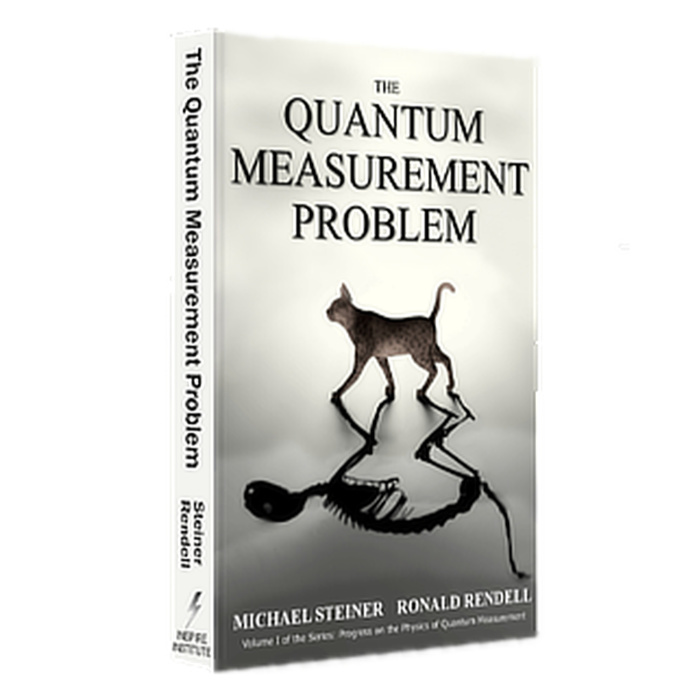“… Steiner and Rendell present a detailed mathematical argument that the Schrödinger equation on its own cannot normally lead to an outcome that resembles a random measurement event…its conclusion is quite important since some eminent physicists, such as Feynman, seem to have believed otherwise…The most important chapter of the book is devoted to a thorough and extensive survey of all the approaches to the measurement problem…These are all presented, discussed and evaluated in a very extensive collection that is more complete than in many other works on the subject…The historical discussion is very readable and informative in its own right, and of great value to have. It includes quite a lot of material that I had not encountered before…This book is idiosyncratic but full of information, and its treatment of the quantum physics is in my opinion comprehensive, sound and reasonable…It is a book, then, that will be helpful to open-minded experts in the field, on the whole, and for those who seek to embark on further research in this area.”
Peter J. Bussey, Book Review: The quantum measurement problem, Contemporary Physics (2018)
- A resolution of the quantum measurement problem is necessary for understanding how the reality of the observed properties of the world around us relate to the quantum domain.
- Understanding the quantum measurement problem is key for a complete understanding of internon theory. For this, it’s necessary to first understand how the measurement problem is defined and how to discern and evaluate various approaches to the measurement problem that have been proposed. This is detailed in our book: “The Quantum Measurement Problem” (The QMP).
- The key to appreciating the full message of The QMP is in Chapter 3, which uses quantum information methods for a constructive demonstration that unitary Schrödinger processes can be experimentally distinguished from measurement processes and we have developed specific unitary versus measurement discrimination tests (UMDT) using well-established techniques such as Bell measurements which would establish that measurement is a non-unitary process.
- The UMDT use two space-like separated detectors to demonstrate that it is possible in principle within the current form of quantum mechanics to experimentally detect the entanglement if the interaction is unitary and for which all parts of the system, including any ancilla and the local environment surrounding each detector are included in the description.
- The UMDT incorporate the distinction between what we defined in Chapter 4 of The QMP as the physical measurement problem, which addresses the physical reasons and the conditions that measurement occurs, versus the philosopher’s measurement problem, which proposes interpretations of the current incomplete von Neumann postulates that presuppose measurement has occurred, but do not tell us the conditions for which measurement occurs.
- Internon theory is a formulation of the physical measurement problem; however the details of internon theory are not presented in The QMP.
